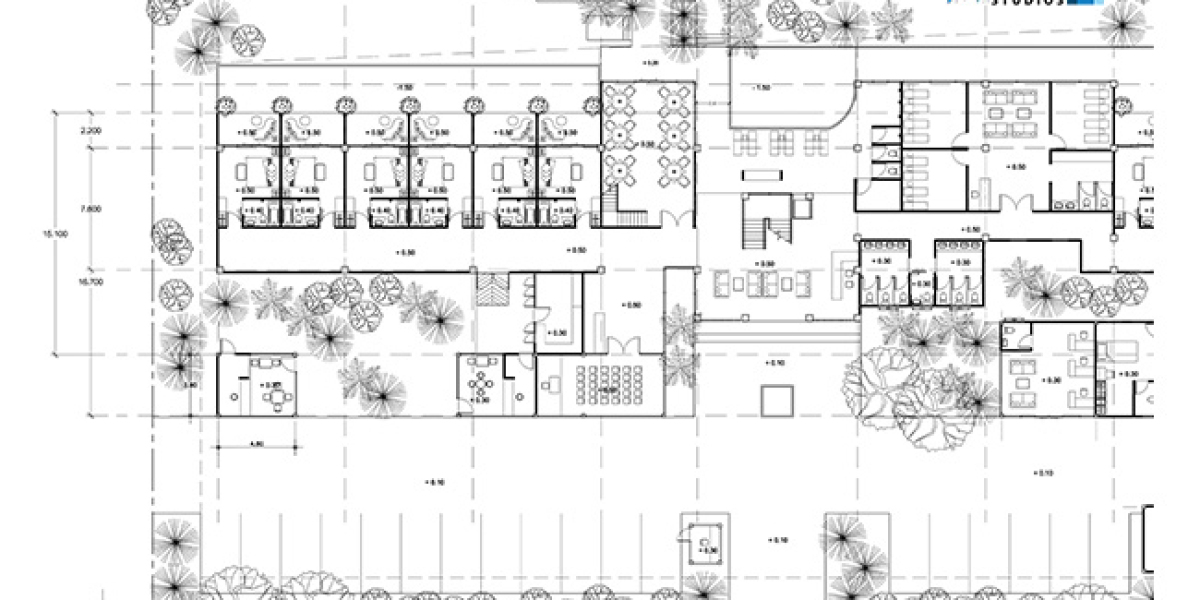At its core, warehousing is about creating an organized environment where products can be stored safely, managed systematically, and retrieved promptly when needed. The physical space, whether a small storage facility or a massive distribution center, serves as the central hub for managing inventory flows, coordinating logistics, and optimizing the movement of goods from suppliers to end customers.
Warehouses play a pivotal role in inventory management. By providing a centralized location for goods, businesses can track stock levels accurately, monitor product movement, and prevent overstocking or stockouts. Efficient warehousing ensures that businesses can respond quickly to market changes, seasonal demands, and unexpected spikes in customer orders. The ability to have products readily available for distribution improves service levels, enhances customer satisfaction, and strengthens business reputation.
Modern warehousing integrates a range of technologies to streamline operations. Automated storage and retrieval systems (AS/RS), warehouse management systems (WMS), and real-time tracking solutions enable warehouses to handle large volumes of products with speed and accuracy. These systems reduce human error, optimize space utilization, and allow for better planning of inventory placement and retrieval paths. Businesses that leverage these tools can maintain higher operational efficiency and ensure that their supply chain remains agile and responsive.
Warehousing also extends into the concept of strategic location. Companies often choose warehouse locations based on proximity to suppliers, distribution hubs, or major markets. A well-located warehouse reduces transportation costs, shortens delivery times, and supports just-in-time inventory practices. By positioning warehouses strategically, businesses can achieve faster response times, minimize logistical challenges, and maintain competitive advantages in their industries.
Beyond storage, warehouses have transformed into multifunctional centers that support value-added services. Activities such as packaging, labeling, sorting, and quality inspections are increasingly conducted within warehouse facilities. This integration allows businesses to streamline operations, reduce handling costs, and ensure that products meet the required standards before reaching customers. In essence, modern warehousing functions as an extension of the production and distribution process, adding efficiency and control to the overall supply chain.
The design and layout of a warehouse are equally important to its effectiveness. Warehouses must accommodate the types of products they store, the volume of inventory, and the flow of operations. High ceilings, wide aisles, proper shelving systems, and dedicated zones for different types of goods contribute to operational efficiency. An intelligently designed warehouse reduces bottlenecks, speeds up order fulfillment, and creates a safer work environment for employees.
Warehousing is not just about physical storage; it is also a hub of information management. Inventory data, order tracking, and shipment details are all managed within the warehouse ecosystem. Accurate and timely data collection allows businesses to forecast demand, plan procurement, and coordinate logistics more effectively. This integration of data and physical inventory helps companies make informed decisions, improve operational visibility, and respond proactively to supply chain disruptions.
In addition, the concept of flexible warehousing has emerged to meet the demands of a dynamic market. Businesses no longer require static storage solutions; they need adaptable spaces that can scale up or down based on seasonality, market trends, and business growth. Flexible warehousing options, including third-party logistics (3PL) partnerships, shared warehouse spaces, and temporary storage solutions, allow companies to optimize costs, reduce risk, and maintain operational efficiency without long-term commitments.
Sustainability is also becoming a central focus in modern warehousing practices. Energy-efficient lighting, optimized layouts to reduce material handling, and environmentally responsible packaging practices are all part of the drive to make warehouses greener. Companies increasingly recognize that sustainable operations are not just good for the environment but also contribute to long-term cost savings and improved brand reputation.
Furthermore, warehousing plays a crucial role in global trade and e-commerce. With the rise of online shopping and international supply chains, warehouses serve as critical nodes for distributing goods quickly across cities, countries, and continents. Fast-moving consumer goods, electronics, apparel, and even perishable items rely on warehouses to bridge the gap between production and consumption. The ability to handle high volumes of orders, process returns efficiently, and manage reverse logistics has made warehousing a cornerstone of modern commerce.
The workforce in warehousing also contributes to its effectiveness. Skilled staff who understand inventory systems, operational processes, and safety protocols ensure that warehouses function smoothly. Ongoing training and professional development empower employees to adapt to new technologies, manage complex operations, and maintain high standards of accuracy and efficiency.
Final Thoughts
Warehousing is the unsung hero of business operations, providing the structure, efficiency, and reliability necessary to meet customer expectations and sustain growth. By combining strategic planning, innovative technology, and skilled workforce management, warehouses empower businesses to operate seamlessly, respond swiftly to market demands, and maintain a competitive edge in an increasingly fast-paced commercial landscape.

















